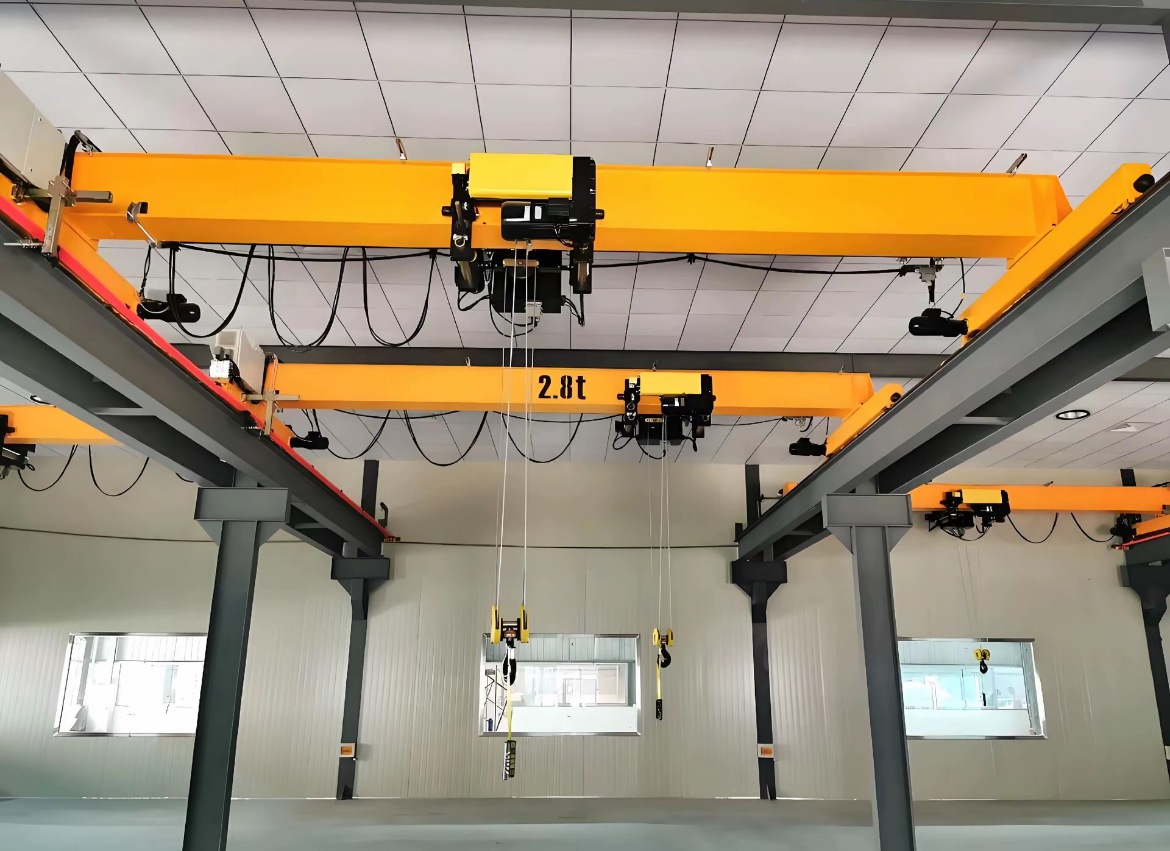Comprehensive Troubleshooting for Single-Girder Overhead Cranes: Resolving Noise, Vibration & Limit Switch Failures
Single-girder overhead cranes are fundamental to industrial material handling. Maintaining these bridge-type systems requires understanding common failures: abnormal noise, operational vibration, and limit switch malfunctions. This guide delivers actionable solutions while emphasizing critical track inspection protocols essential for single-girder overhead crane reliability.
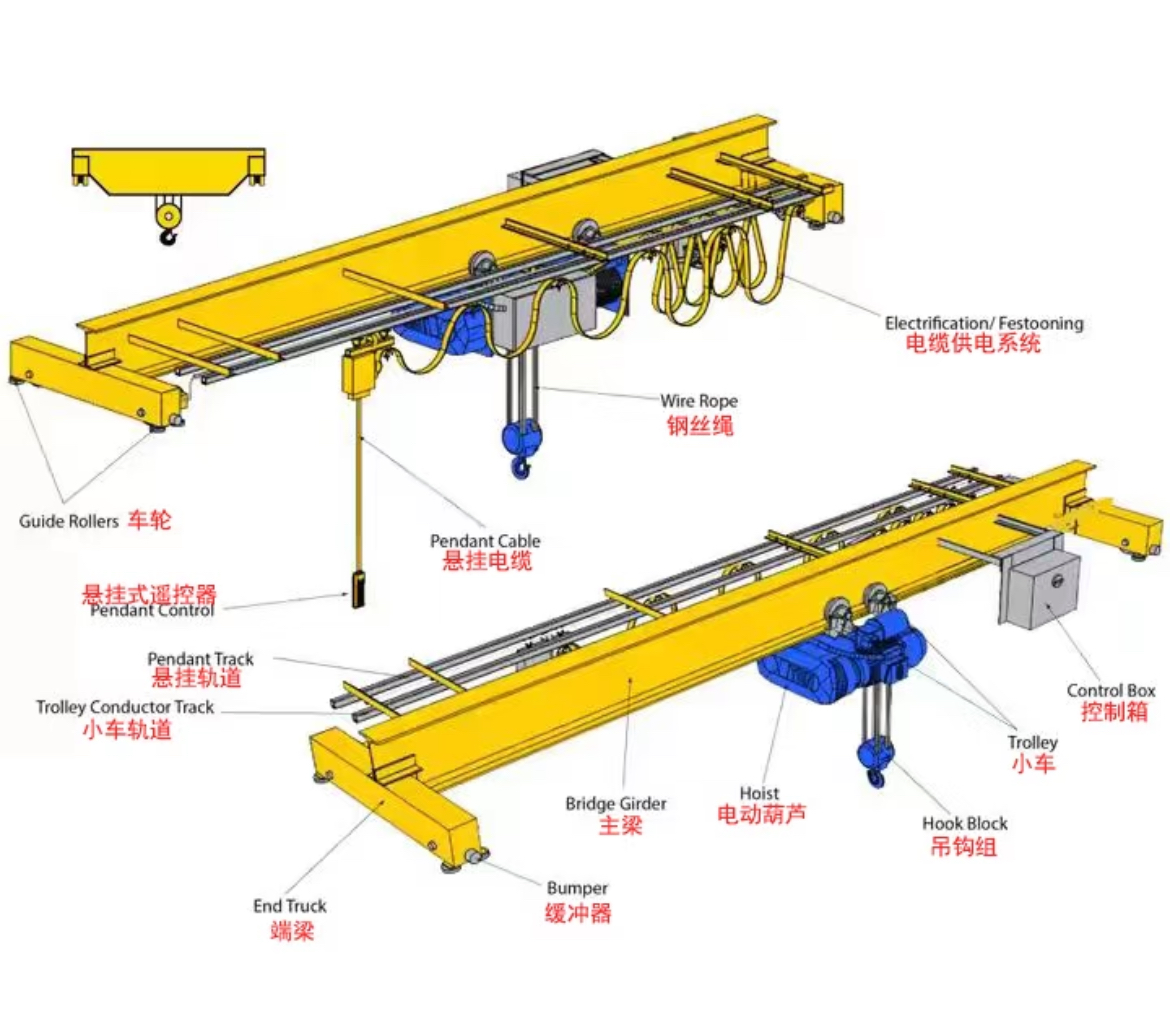
Diagnosing Abnormal Noise
Unusual sounds often indicate mechanical wear in material handling systems:
Transmission Components:
Motor/Gearbox: Bearing wear or gear damage in bridge-type drives causes grinding/knocking.
Wheel Assembly: Worn bearings or misaligned wheels necessitate immediate track inspection.
Rope Systems: Damaged sheaves create scraping sounds during operation.
Structural Sources:
Loose bolts between girders and bridge-type end trucks generate metallic impacts.
Electrical Origins:
Faulty brakes in the electrical system produce buzzing/chattering.
Solution: Tighten structural connections, replace bearings, conduct track inspection, and test controls.
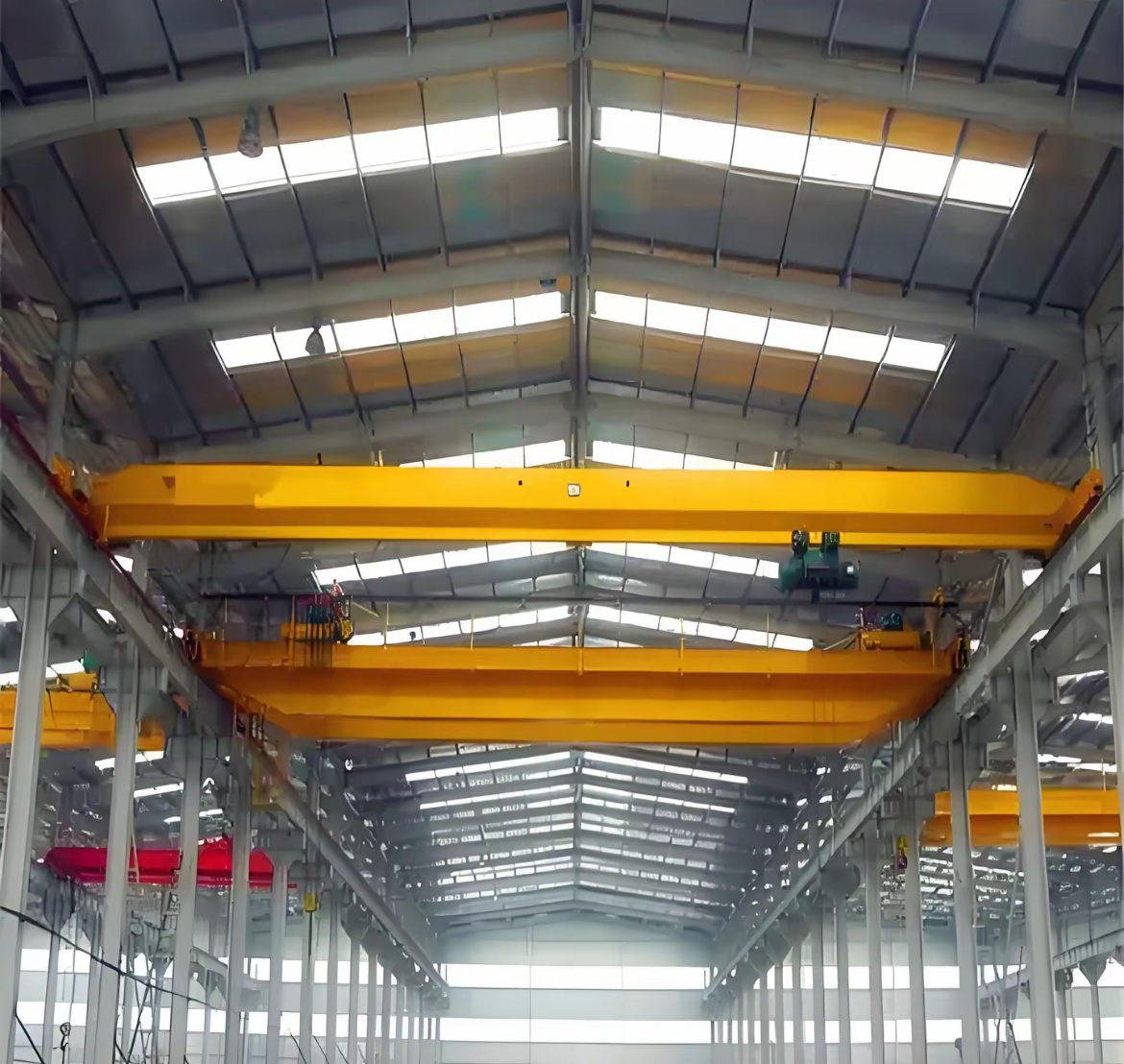
Resolving Operational Vibration
Excessive shaking compromises precision in lifting equipment:
Wheel/Rail Issues (90% of Cases):
Track inspection must assess rail flatness, alignment, and joint integrity.
Wheel diameter mismatch on bridge-type runways induces dangerous oscillation.
Drive System Defects:
Motor imbalance or gearbox wear disrupts operational smoothness.
Structural Concerns:
Girder deflection in aging bridge-type structures amplifies vibration.
Solution: Correct rail defects via track inspection, replace wheels in matched sets, balance drive components.
Fixing Limit Switch Failures
Safety system malfunctions risk catastrophic damage.
Mechanical Misalignment:
Damaged actuators or mispositioned dogs prevent proper triggering.
Electrical System Faults:
Wiring faults or relay failures disrupt safety circuit signals.
Operational Damage:
High-impact collisions compromise bridge-type limit components.
Solution: Realign/replace switches, verify electrical system continuity, reinforce operator training.
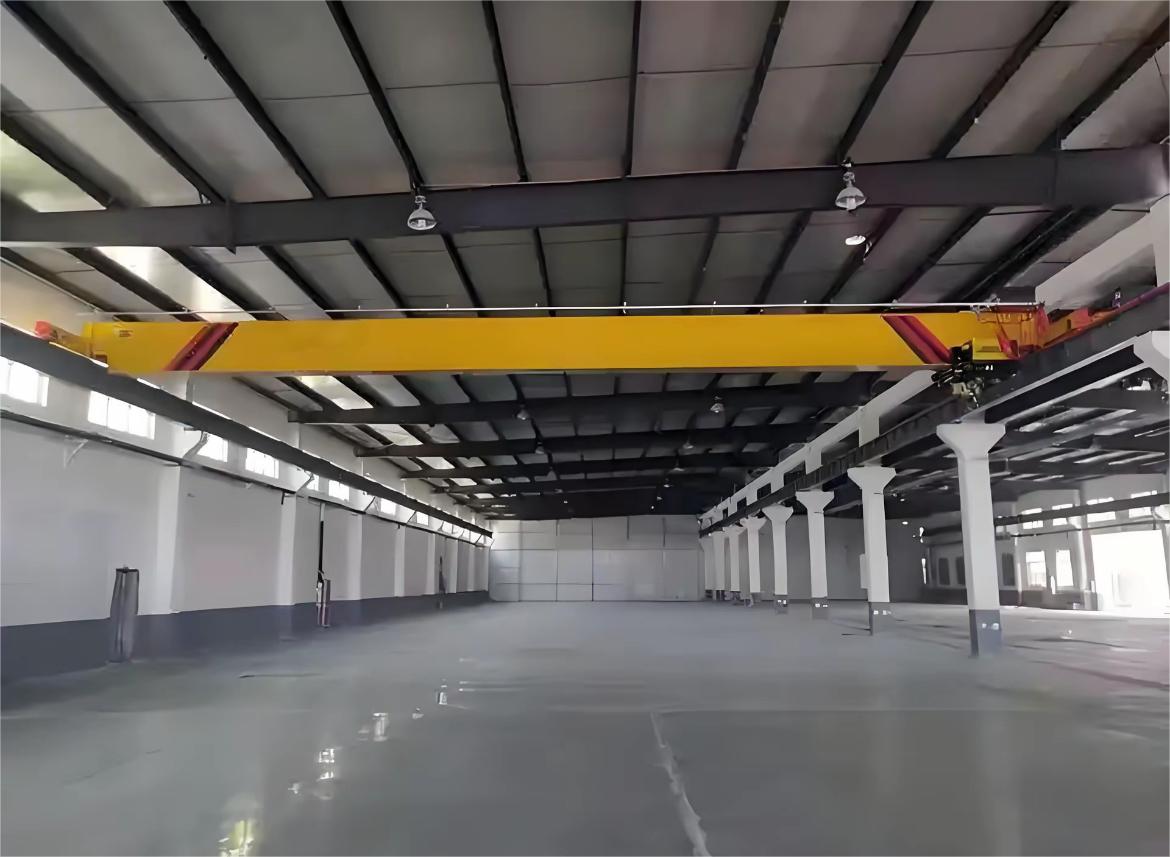
Systematic Troubleshooting Protocol
1. Safety First:
De-energize equipment following lockout/tagout procedures.
2. Noise/Vibration Analysis:
Conduct track inspection and wheel measurements.
Use audio tools to isolate bridge-type transmission issues.
3. Limit System Verification:
Manually test switches, inspect electrical system response.
4. Corrective Actions:
Noise: Replace worn parts, lubricate linkages, tighten connections.
Vibration: Adjust rails (post-track inspection), replace wheel sets.
Limit Failure: Rewire circuits, recalibrate safety components.
Validation: Test systems under load conditions.
5. Preventive Maintenance for Longevity:
Bi-Weekly Track Inspection: Document rail wear, joint gaps, and alignment for single-girder overhead cranes.
Monthly Bridge-Type Bolt Checks: Tighten girder, end truck, and rail fasteners.
Lubrication Schedule: Grease all bridge-type bearings, gears, and sheaves.
Electrical System Audits: Quarterly checks of limit wiring, contactors, and controls.
Professional Maintenance: Annual load testing and structural certification.
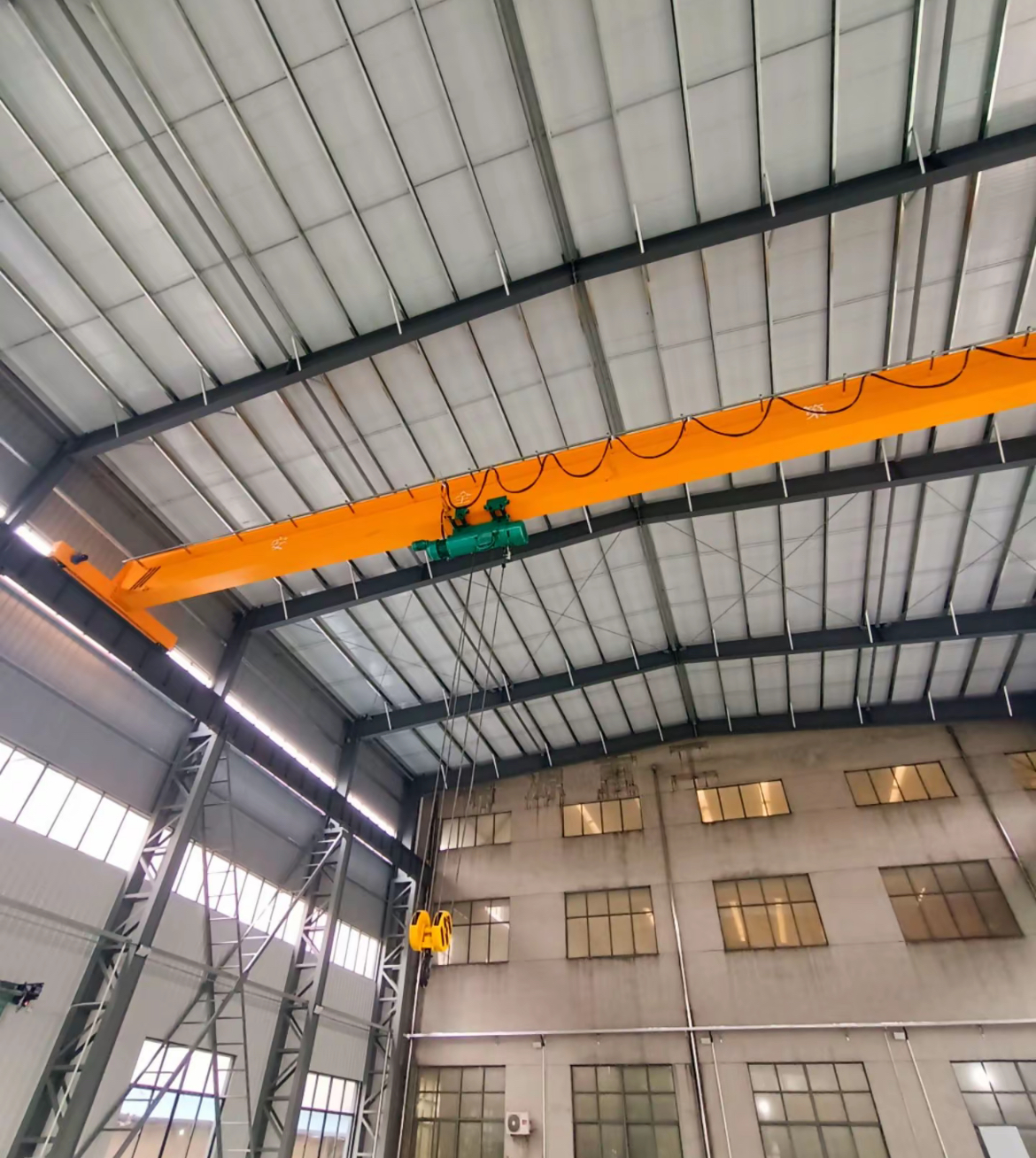
Conclusion
Proactive track inspection, diligent electrical system monitoring, and mechanical vigilance prevent most failures in industrial lifting systems. Addressing noise, vibration, and limit issues early extends equipment service life. Remember: Consistent maintenance of bridge-type installations remains fundamental to operational safety and productivity.
